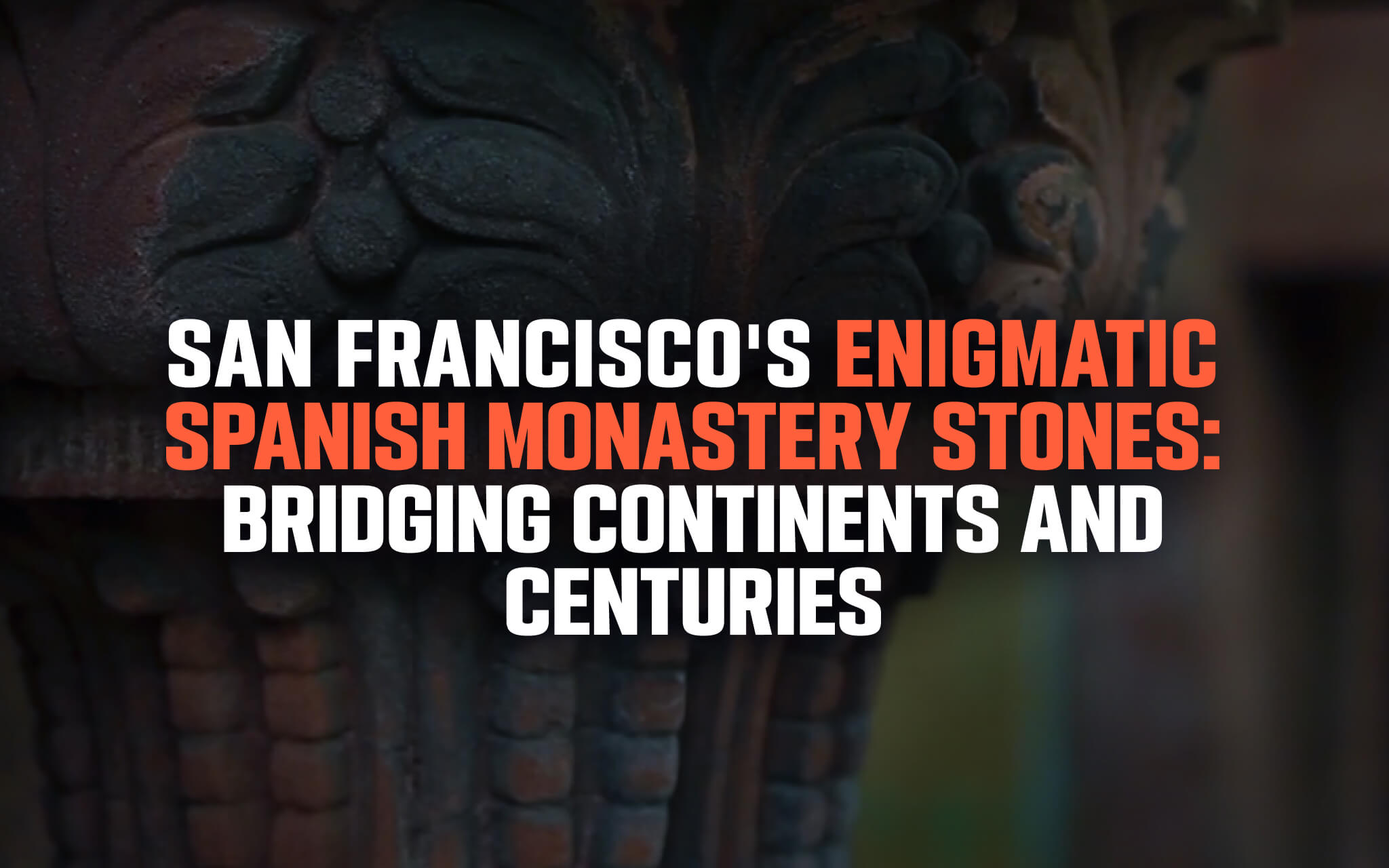
In the late 12th century, the Cistercian monastery of Santa María de Óvila was established near Trillo, Spain. Constructed with meticulously carved stones, this Spanish monastery was a testament to medieval architecture and spiritual devotion. For centuries, it served as a place of worship and reflection, its stones echoing the chants of monks and the whispers of history.
Fast forward to 1931, when media magnate William Randolph Hearst acquired the monastery’s stones with grand visions of incorporating them into his Wyntoon estate in Northern California. The stones were carefully dismantled, each one cataloged and packed for their transatlantic journey. However, due to financial constraints during the Great Depression, Hearst’s ambitious plans were halted, and the stones found themselves in storage in San Francisco.
In 1941, the City of San Francisco took possession of these historic stones, envisioning their use in a new museum project. Although the museum never materialized, the Spanish monastery stones began to find new life throughout the city, subtly embedding pieces of Spanish history into the fabric of San Francisco.
Exploring the Stones in Golden Gate Park
Today, visitors to Golden Gate Park can embark on a treasure hunt to discover these storied stones. The San Francisco Botanical Garden houses a significant collection, where the stones have been artfully integrated into various structures. As you wander through the garden, you’ll encounter walls and terraces adorned with these ancient relics, each stone whispering tales from a distant past.
Near the Helen Crocker Russell Library of Horticulture, an outdoor reading terrace showcases the stones, offering a serene spot to reflect amidst history and nature. The Garden of Fragrance, with its aromatic plants, also features these stones, creating a sensory experience that intertwines the scents of flora with the tactile touch of history.
Stow Lake, another gem within Golden Gate Park, presents additional opportunities to encounter the Spanish monastery stones. As you stroll along its pathways or paddle across the tranquil waters, keep an eye out for these historical markers subtly enhancing the park’s natural beauty.
A Visit to the Museum of 3D Illusions
Transitioning from the historical to the whimsical, a visit to the Museum of 3D Illusions near Fisherman’s Wharf offers a modern twist on interactive art. This museum invites guests to immerse themselves in over 40 mind-bending exhibits, each designed to challenge perceptions and ignite the imagination.
Imagine soaring over the Golden Gate Bridge on a magic carpet, balancing precariously on the edge of a towering skyscraper, or escaping the jaws of a colossal shark. These illusions provide not only thrilling experiences but also perfect photo opportunities to capture your adventures in this fantastical realm.
For those seeking a unique form of stress relief, the museum’s “Smash It!” experience allows visitors to write their worries on a plate and shatter them against a wall. This cathartic activity offers a tangible way to release tension, leaving participants with a sense of exhilaration and renewal.
The Enduring Legacy of the Spanish Monastery Stones
The presence of the Spanish monastery stones in San Francisco is more than just an architectural curiosity—it is a testament to the resilience of history and the power of preservation. Despite their long and winding journey across continents, these stones continue to hold the essence of their medieval origins, silently narrating the passage of time. Each stone stands as a reminder that history does not vanish; it merely transforms, adapting to new landscapes while retaining the echoes of its past.
Artists, historians, and visitors alike find inspiration in these remnants of an ancient Spanish monastery, marveling at the craftsmanship that has endured centuries. Whether forming part of a garden wall or serving as a quiet seat in a scenic park, these stones remain an integral part of San Francisco’s cultural fabric. They bridge the Old World with the New, allowing modern-day explorers to engage with a tangible piece of medieval Europe right in the midst of California’s bustling metropolis.
For those who appreciate both history and adventure, seeking out the monastery stones offers a rewarding experience unlike any other in the city. They invite contemplation, discovery, and a sense of wonder at how far they have traveled—physically and through time. Whether viewed as relics, works of art, or silent storytellers, these Spanish monastery stones remain an enduring treasure within San Francisco’s ever-evolving landscape.


